Amsterdam has come a long way in the last 800 years. In the early 13th Century it was an insignificant fishing village, kept dry by a few dams and dykes; it grew larger and wealthier on the back of taxing the herring and beer trade, until it became one of the wealthiest ports in the world during the 17th Century Dutch Golden Age. After a period of decline, it expanded further during the 19th Century as the industrial revolution took hold, whole new districts were added and outlying villages were engulfed by urbanisation.
Amsterdam today is one of the world’s most vibrant and creative urban centres. Home to a diverse and multicultural population, it is regularly ranked as one of the world’s best to live in and has one of the highest qualities of life. The city attracts over 5 million visitors each year, drawn here by the combination of history and modernity. With a population of less than 1 million, 5 million tourists might make the place feel claustrophobic, but get away from the tourist centre and Amsterdam is a delightful city to explore.



The history of the village that grew to be Amsterdam could have been very different, had it not been for a series of storms during the 13th Century which opened the Zuiderzee to shipping from the North Sea. A particularly violent storm in 1282 destroyed much of the sand dunes which had been a barrier to ships. Suddenly, Amsterdam was ideally located for trade. It seized the opportunity and has yet to look back.
Despite its modern history, it is the Golden Age of the 17th Century that has perhaps left the most indelible mark on Amsterdam. The city had a majority share in the Dutch East India Company and soon trade, particularly in spices, with Indonesia, China, India and Japan was fuelling an enormous demographic, economic and cultural expansion. During this period of extraordinary prosperity many canals were constructed and the famous Jordaan district was built.



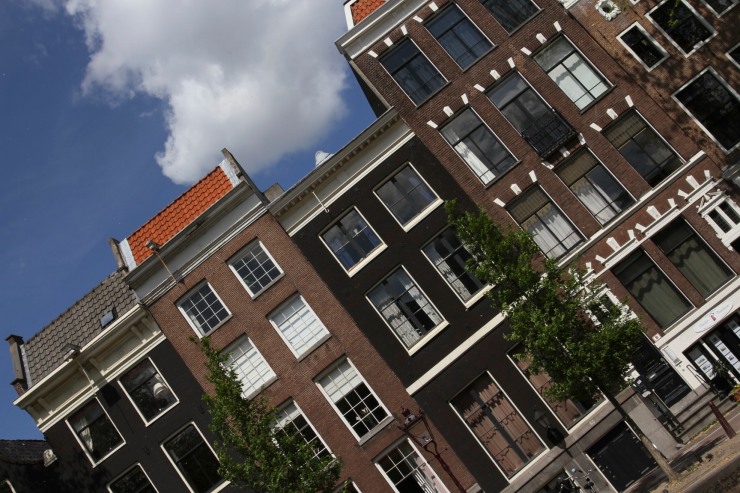

Walk the streets of Jordaan and reminders of this unique history are everywhere. It was a working class district that attracted immigrants fleeing persecution elsewhere in Europe: Jews from Spain and Portugal, Huguenots from France and other Protestants from Belgium and England. Even in the 17th Century, Dutch tolerance was renowned throughout Europe. In a city of great wealth, poverty and disease ran through the Jordaan, as did radical politics and a lack of respect for the law. The area saw numerous riots over the centuries, including the improbably named ‘Eel Riots’ of 1886.
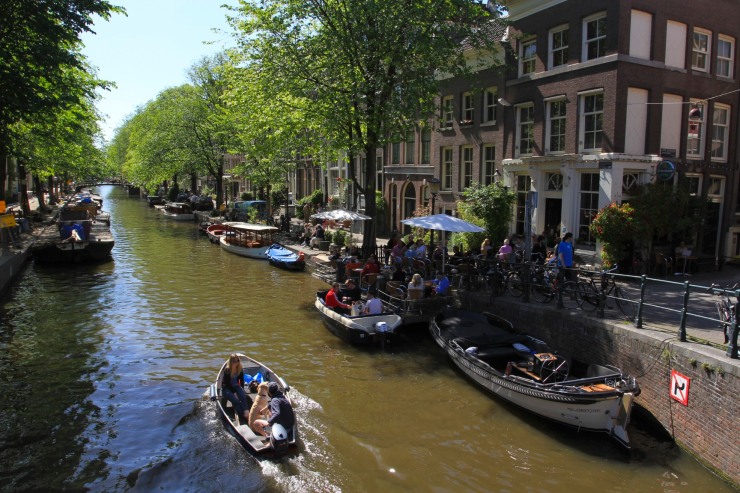

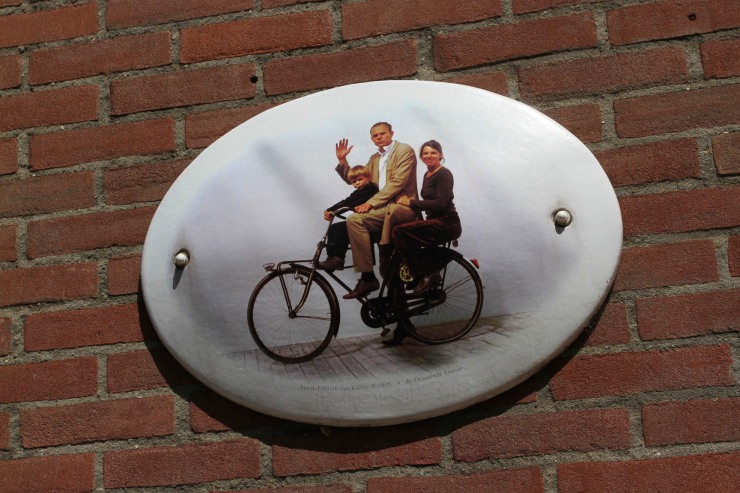

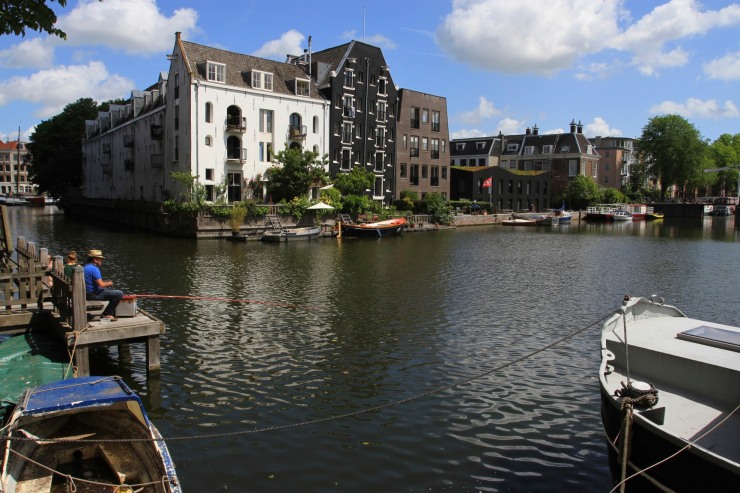
The noble sport of Eel Pulling was once widely practiced in Amsterdam. An eel was tied to a rope and dangled over a canal, on the canal below someone stood in a small boat and tried to pull the eel from the rope. Famously slippery, the eel regularly ‘won’ the competition while the eel puller ended up in the water. The sport was banned in the 19th Century, but in the Jordaan it was still played. In 1886, a bout of eel pulling attracted the attention of the police, sparking riots. The army was called and by the time calm returned 26 people were dead.

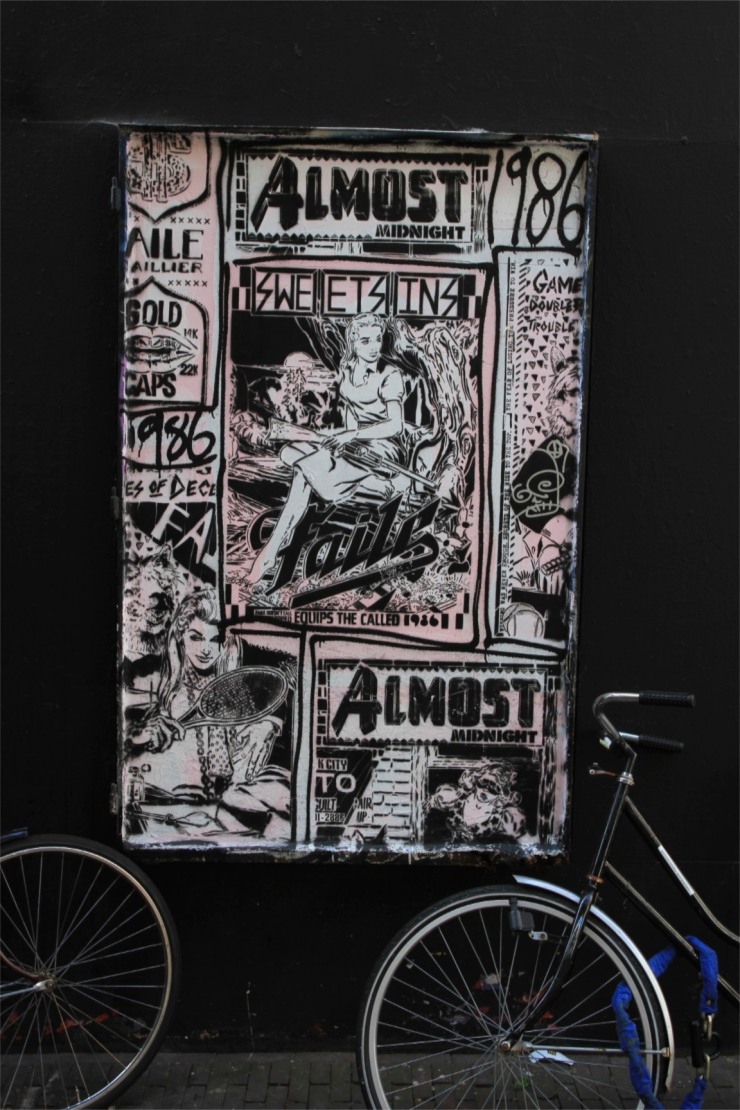
Contemporary, well-to-do Jordaan gives little of that history away. It is the epitome of modern Amsterdam, a trendy area with a lot of young people and young families, mixing modernity and history, and popular with artists. In London, an area like this would by now be the preserve of the rich; rent control means that the Jordaan has retained a more traditional mix of inhabitants. There are no major tourist sites but the area is fascinating to wander, and there are plenty of good bars and restaurants to break the journey.




If the Jordaan is one manifestation of the Dutch Golden Age, a short distance away the Rijksmuseum presents a very different cultural legacy. Vermeer, van Dyck, Jan Steen and Frans Hals are some of the Dutch masters on display, while Rembrandt steals the show. The vast profits from global trade made all this artistic endeavour possible. The great irony is that the same economic forces that made the Jordaan a poverty stricken immigrant ghetto, produced some of the finest artists of all time.

Amsterdam has changed a lot (and all for the better) since I lived there.
🙂
When was that Brian? Before moving here I’d only been once, in the late 1980s, and have good memories of it. But being a tourist for a few days is different to living somewhere.
Trust your travels have been good?
Paul
’64 to ’67. I bought Sgt Pepper’s lonely hearts club band in a music store near the Dam and the Beijenkorf. 🙂
Still have the record. And a few other vintage stuff.
Travels are going on smoothly. Thank you. It’s good to be “home”. 🙂
Tot ziens
Brian
One of my favourite albums. I imagine that bit of vinyl has a few memories attached, not to mention a few scratches.
Amsterdam in the 60s must have been an interesting time, although ‘the 60s’ is such a loaded term in popular perception.
Hope you managed to squeeze in few pub visits when you were in London?
Best, Paul
A few scratches indeed, but not that much. Records were so expensive then, we took great care of them. Unless of course beer was spilled at a party!
We did squeeze a couple of pub visits.
Take care
Brian
It definitely has come a long way. Thank you for the article on one of my favorite cities in the world!
It is a great city, I love just wandering around Amsterdam, everywhere you go seems to hold surprises.
Definitely. I actually can’t wait to go back there again. Every time I’m there, time just flies, then I realize I have to come home. Then the first thing I do after I come home is basically look for flight deals to haha.
With a million inhabitants, Amsterdam can hardly be called a small city.
I lived in London for a long time and that’s ten times bigger – and on a global scale London doesn’t even make the top 20. Comparatively, Amsterdam feels small, not that size is everything (as the old saying goes)…
Sure, compared to Tokyo everything is small. Amsterdam does appear on every “global city” list which means it has more to offer than most other cities. As you said, its not the size, its how you use it.